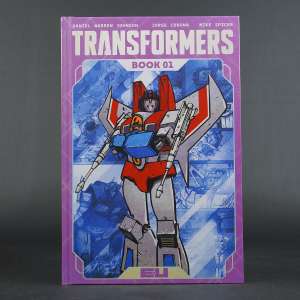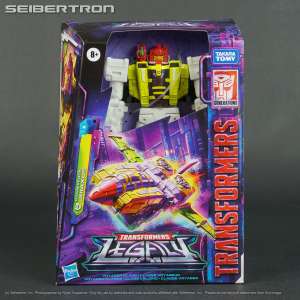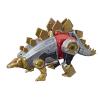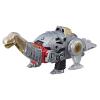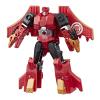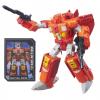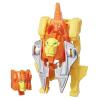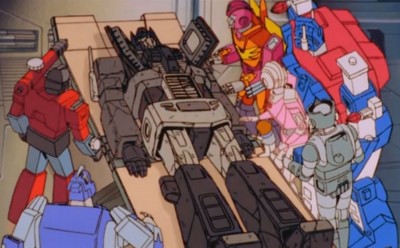The thing about red shirts is, they're not characters but plot devices. Kill off a red shirt, no one cares. Kill off a character, then people care.
In Springer's case, it's like TF: Prime Cliffjumper. Would either murder have stirred such an emotional reaction from the viewer had it instead been something like an Autotrooper who was killed off instead of Springer or Cliff?
Though, Springer wasn't really that big of a character even back then in the comic, anyway. He never appeared in the U.S. comics until briefly in one issue late in the G2 run, so he essentially
was like a red shirt in the U.S. Marvel stories. Though he had a bigger role in the UK stuff, Regeneration One excludes those stories, so his depiction in those is largely discounted for being in a different continuity than Marvel U.S. G1/ReG1.
As far as all the G2 deaths were handled, completely agree. That was very poorly handled. BUT, there is
a reason an excuse. Marvel G2 was riddled with over-the-top, bad 90's


"
EXTREME!!!!!"


cliches that all the deaths were just more of the "edgy grittiness" the 90's liked so much. Why, I'm still amazed that Rob Liefeld wasn't involved in it all, since there's all sorts of things in that comic series that resembled his outlandish 90's style.

Then again, issues like "The Last Stand", "Command Performances!", "Totaled!", and "Dark Star" showed how Marvel G1 was A-okay with killing off or at least mortally injuring large quantities of characters so as to give room to focus on new/other characters. I think if there hadn't been so large a cast for Budiansky to work with that he might have been less trigger-happy with the mass killings during his run of the comic.
And, as issue 3 showed us, in Marvel G1, dead is dead only when a Bot/Con is irreparable. As long as one can be fixed, there's always a chance for life again, as Optimus and Ratchet indicated that the Transformers have a very different perception of death than that of us humans.

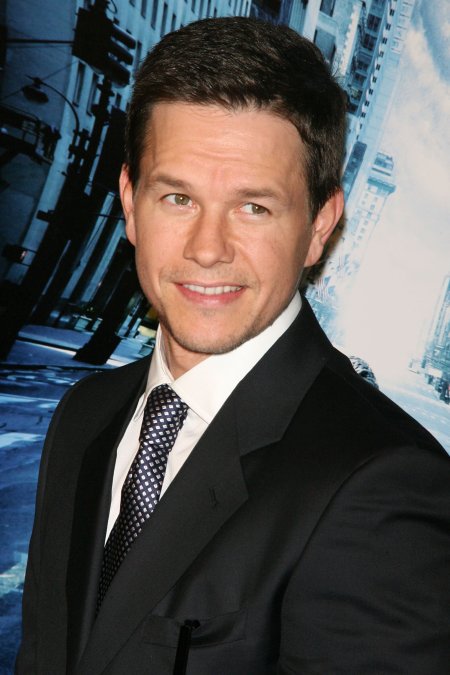



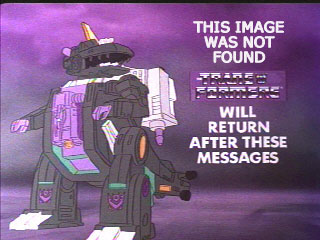




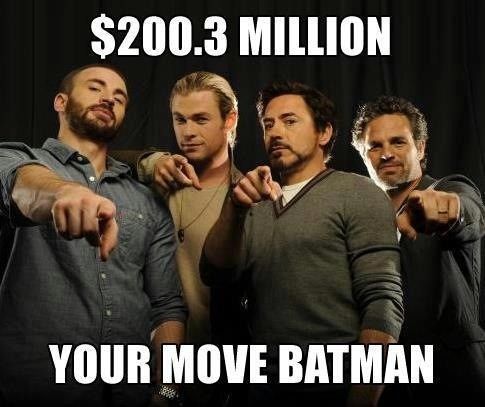
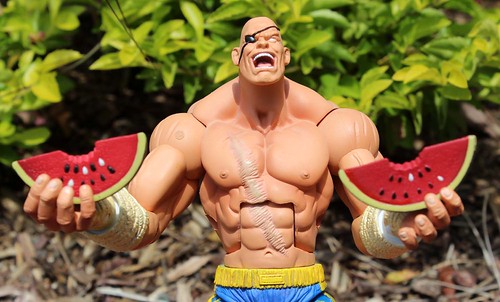

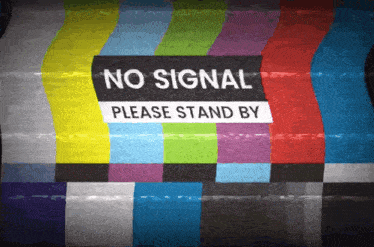 [ Click to attempt signal recovery... ]
[ Click to attempt signal recovery... ]


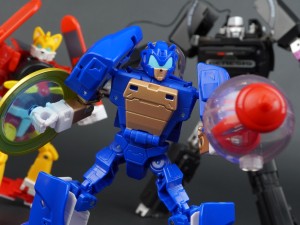
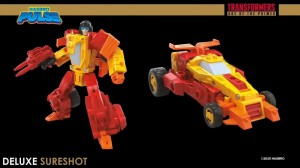
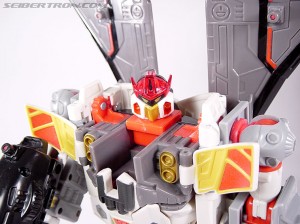
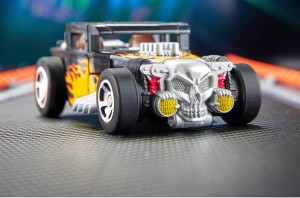
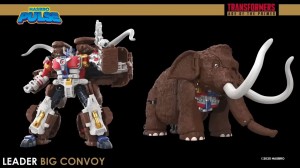
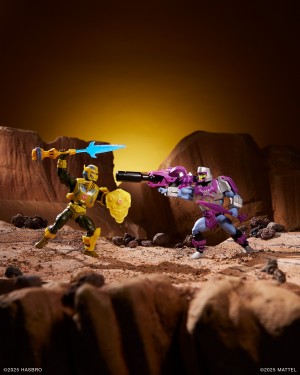


/t-DSC00272.jpg)


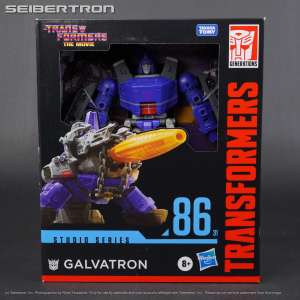
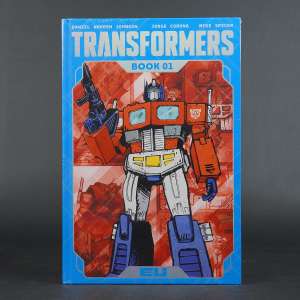

/t-DSC00713.jpg)
/t-DSC06114.jpg)
/t-DSC16796.jpg)



